Birdwatching is one of the most rewarding ways to connect with nature. It combines the thrill of exploration with the calming effect of simply being outdoors, and it is accessible to anyone, regardless of age or fitness level. All you need is curiosity, patience, and a little guidance.
This birdwatching guide will introduce you to the basics of the hobby, share tips to help you get started, and highlight some of the best places to see birds during this season. Whether you want to spot rare migratory birds or simply enjoy the cheerful songs of locals, birdwatching opens up a new way to travel and appreciate the natural world.
Why Birdwatching is Worth Trying
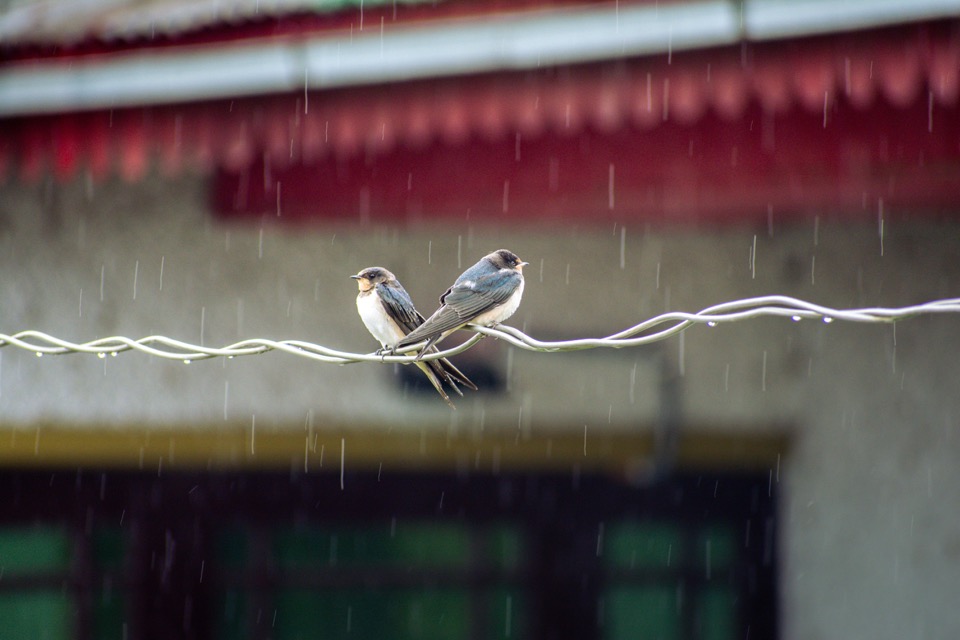
Birdwatching is more than just a pastime. For many, it is a form of mindfulness. When you focus on the sounds, colors, and movements of birds, you naturally tune out the noise of everyday life. Studies even show that spending time observing birds can reduce stress and increase happiness.
It also makes travel more meaningful. Instead of only focusing on famous landmarks, birdwatching encourages you to slow down and explore parks, trails, forests, and wetlands that you might otherwise overlook. Another bonus is that birdwatching is inclusive and affordable.
You don’t need to invest in expensive gear right away. A simple pair of binoculars and a field guide or mobile app can help you identify species. The hobby also works for solo travelers, couples, and families, making it a versatile activity to add to your adventures.
Birdwatching Basics for Beginners
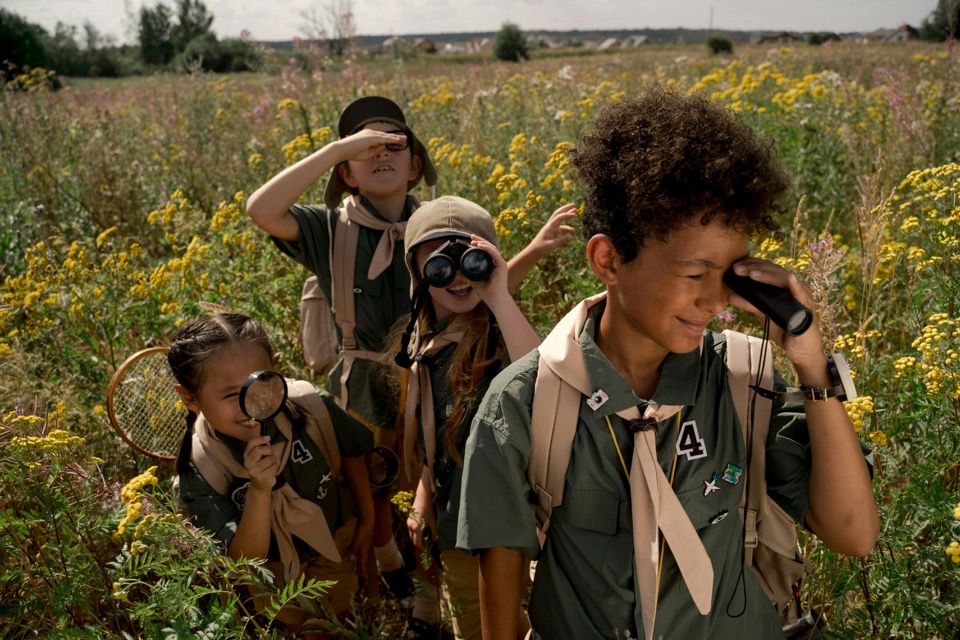
If you are new to birdwatching, getting started is easier than you might think. The most important tool is a good pair of binoculars, ideally lightweight and clear enough to bring distant birds into focus. Pair them with a field guide or a mobile app like Merlin Bird ID to help you quickly identify what you see.
Timing also matters. Birds are most active early in the morning, just after sunrise, and again in the late afternoon, so plan your outings around these peak hours. Once you are in the field, remember that patience and quiet observation are key. Move slowly, avoid sudden noises, and allow the birds to come to you.
In many cases, you will hear birds before you see them, so learning common songs and calls can make the experience more rewarding. Most importantly, don’t feel like you need to travel far. Local parks, nearby nature reserves, and even your own backyard can provide surprising opportunities to spot colorful species and start building your skills as a birder.
Where to See Birds This Season
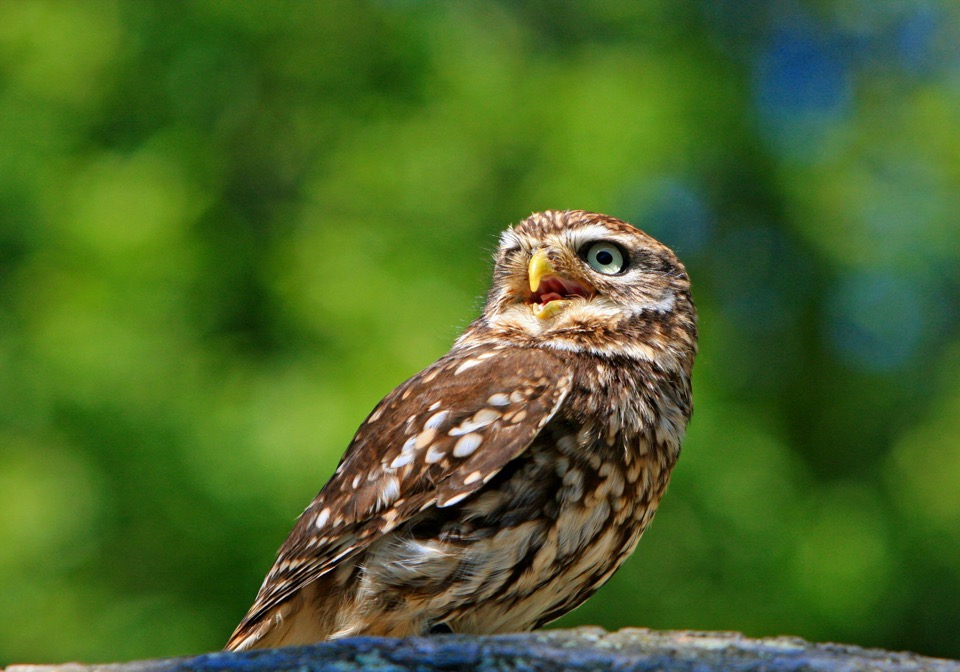
Birdwatching is especially rewarding this time of year because many birds are migrating. Depending on where you are, you may see thousands of birds passing through on their seasonal journeys. Cape May, New Jersey, is considered one of North America’s birding capitals, attracting huge numbers of migratory songbirds, hawks, and even monarch butterflies during the fall.
On the West Coast, Point Reyes National Seashore in California offers diverse habitats that host more than 400 bird species, including seabirds, shorebirds, and raptors. For a truly spectacular sight, Bosque del Apache in New Mexico welcomes thousands of sandhill cranes and snow geese each late fall, creating an unforgettable experience.
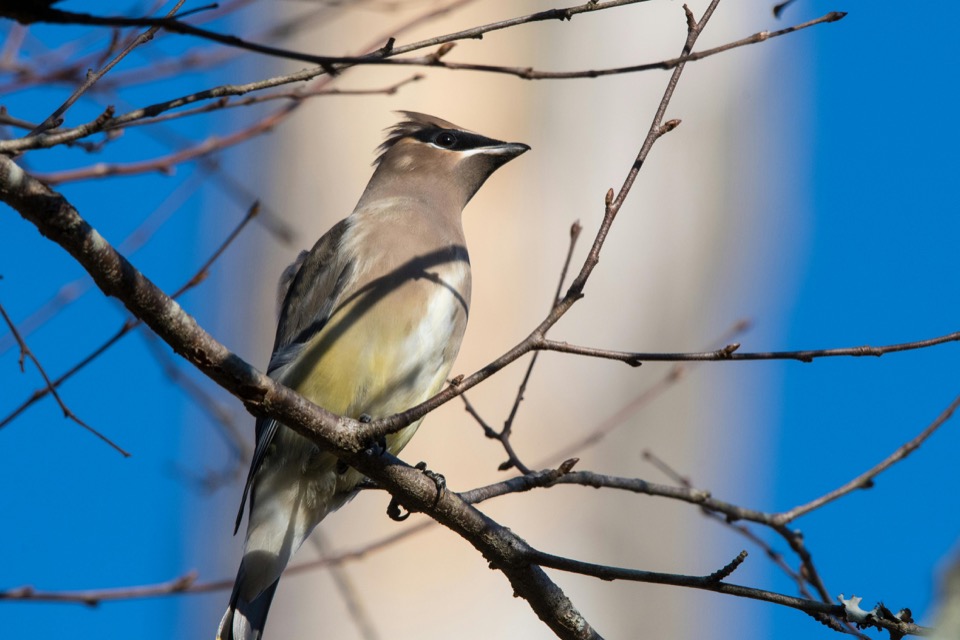
Urban birdwatchers can find plenty of action too. Central Park in New York City transforms into a migratory hotspot in the fall, where warblers, thrushes, and raptors pass through in impressive numbers. Farther south, Everglades National Park in Florida is a haven for wading birds such as herons, egrets, and the striking roseate spoonbill, along with ducks and raptors during this season.
The Great Lakes region also becomes a critical stopover for waterfowl and songbirds, with Magee Marsh in Ohio standing out as a legendary birdwatching site. And in the Pacific Northwest, areas like Washington’s Skagit Valley and Oregon’s Malheur National Wildlife Refuge offer prime opportunities to see swans, geese, and raptors during their seasonal movements.
Making Birdwatching Part of Your Travels

Adding birdwatching to your travel plans is simple and enriching. Many states offer designated birding trails that connect top habitats, making it easy to explore several hotspots in one trip. Before you go, check local migration calendars provided by birding groups to see what species are moving through the area.
Joining a guided tour is also a great way to discover hidden locations and learn from experienced birders who can help with tricky identifications. To make the most of your outings, bring along a journal or camera to document your sightings. Recording your experiences not only helps you track your progress but also turns birdwatching into a personal travel story you can revisit later.
Responsible Birdwatching
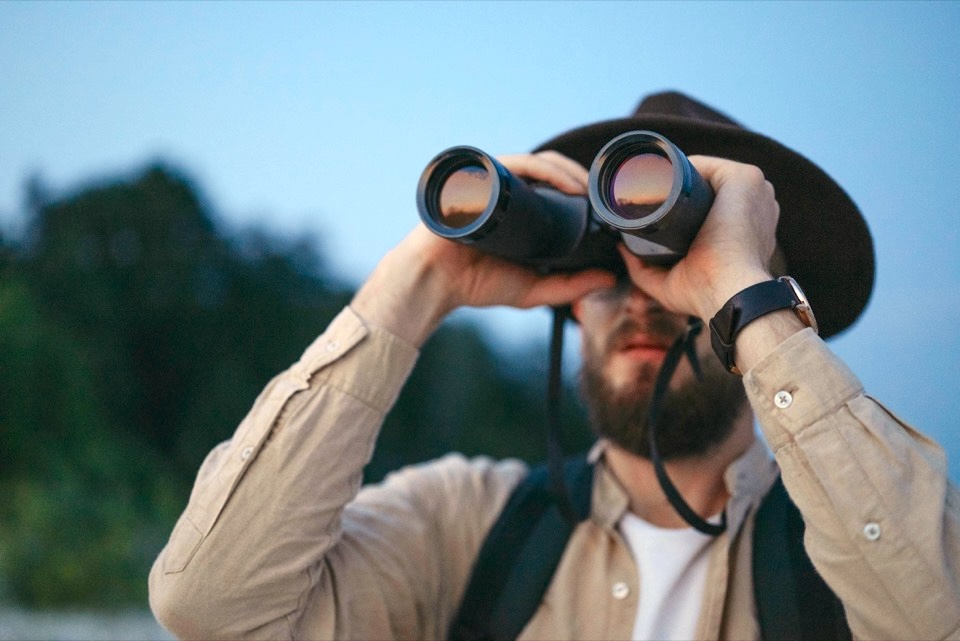
While birdwatching is a gentle activity, it is important to practice it responsibly. Always stay on designated trails to avoid disturbing fragile habitats, and keep a respectful distance from nests and feeding areas. Birds can be sensitive to disruption, especially during migration, nesting, and feeding times.
By moving carefully and avoiding interference, you help ensure that both the birds and their habitats remain healthy for years to come. Practicing ethical birdwatching also sets a positive example for others who may be inspired to pick up the hobby.
Birdwatching and Travel Inspiration

Once you begin birdwatching, it often becomes a source of travel inspiration. You may find yourself planning trips around the wetlands of Louisiana, the cloud forests of Costa Rica, or the open grasslands of Kenya, all of which are renowned for extraordinary birdlife.
Even short trips closer to home can become more rewarding as you begin to notice seasonal changes and spot new species. The beauty of birdwatching lies in its versatility. Whether you’re exploring a backyard park or a world-class nature reserve, every outing offers the chance for discovery.

Birdwatching is a pastime that invites you to slow down, listen, and observe the world around you. It makes ordinary travel richer and gives you a new perspective on nature. This season is the perfect time to begin, with migration offering countless opportunities to witness amazing sights. Grab your binoculars, head outside, and let the birds guide your next adventure.


